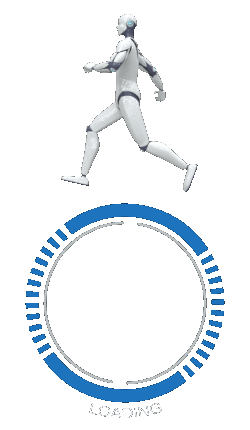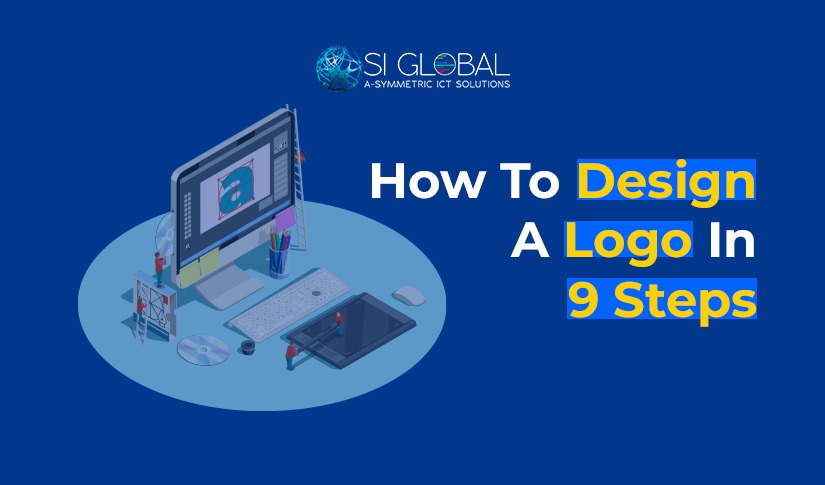Creating your own logo requires some patience. The following process serves as a step-by-step guide for beginners to create high-quality logo designs. It also guides you in choosing an agency for custom logo design services in USA that can help you with everything from logo design tips to participation in all stages of developing your own logo.
1. Know Your Customers
Your customers as the target group for your logo should be emotionally and intellectually identifiable in your design. To design a logo that speaks to your customers, you need to understand who they are, how they think, and what attracts them.
First, write a description of the customer who will be selling or servicing. What are their common features and characteristics of them? What connects them to your product or service? Are they the same age? Do you live in a particular area or type of housing? Are they active, married, or exercising? Spend time creating a realistic buyer persona for your customers.
2. Start Investigating Creative Logos
Once you know who your customers are and what attracts them, you can start identifying different design elements (colour palettes, typography, messaging) that appeal to them. Use the information we collect about your clients to facilitate your creative logo research as you follow these steps to create a great logo design. To keep the customer’s persona in mind, continually consider how each item you investigate resonates with the customer.
3. Please Describe Your Brand
It’s important to consider customer preferences, but when you start thinking about which design elements make sense for your company logo, stay true to your brand’s personality. A good way to find a brand description is to do a brainstorming exercise. Think about the feelings and feelings you want to convey to your brand. Example:
When people think of your brand name, do you want them to feel happy, calm, joyful, or excited? Does your product make your customers feel confident, successful, intelligent, and/or talented? Do your business want to appeal to the whimsical nature of your customers, or do you want to take advantage of their serious aspects? Is it more important to you to look modest, or are you considered rather cheering? List as many company attributes and characteristics as possible and write them down on your whiteboard or notebook. Then read the list and circle the words that most resonate with you and most resonate with your customers. Then visualize the appearance of the logo based on the circled emotions, emotions, and attributes.
4. Find The Right Type Of Logo
Now that you know how your logo will make your customers feel, it’s time to consider the different types of logos and which ones are right for your business. The types to consider are:
- Wordmark: These logos use your company name, acronym, or product name to create a clear design that visually conveys your company’s brand attributes. The design of this logotype relies solely on typography to carry the tag (often with a twist). Well-known examples of wordmark logos are the New York Times (using the BT Old English font) and Google’s multicoloured Product Sans typeface, a search engine giant created for the logo.
- Brandmark: Brandmarks are a visual design that instantly connects customers and brands. Successful brandmarks create emotional bonds with consumers. The Nike swoosh is a classic example of a brandmark.
- Combination Marks: As the name implies, combination marks take wordmarks (or logotypes) and brand elements and blend them into a seamless design. For example, the Starbucks logo takes the company’s trademark Starbucks mermaid and surrounds it with the company’s wordmark to form a cohesive combination.
- Abstract Logo Mark: An abstract logo mark attempts to represent a business image or brand using symbols or icons.
- Lettermark: When using the Lettermark logo, the company uses the product name or a shortened version of the company name as the basis for the logo design. Company initials are often designed in a minimal way
- Mascot Logo: The mascot logo, commonly used by sports teams, provides customers (and fans) with an easy connection to the brand. Virtually every high school, college, and professional sports team has developed some type of mascot logo. Any company can employ a brand ambassador to create a mascot logo.
- Emblem: The emblem logo is designed by enclosing the company name with some kind of symbol or icon, making the two a single reflection of the company’s brand. Schools and other government agencies often love to create logos for traditional emblems but don’t underestimate this option for small businesses.
5. Think Only When You Think Of Your Logo
When it comes to getting logo design services in the USA, the simple method is best. Complex logos are not only difficult for viewers to understand. How do you emotionally connect with a client who has to squint to decipher an image? – However, the more complex the logo design, the harder (and more expensive) it is to adapt the logo to different uses.
6. Choose The Right Colour For Your Brand
Choosing the right logo colour is one of the most important design decisions you can make. Make sure your colour palette stays in your message, as different colours evoke different emotions and emotions for your customers. Keep in mind that colours can have different meanings depending on the culture.
7. Select Various Typography
Choosing the right font for your logo design is paramount. In addition to being clear and easy to read, logo fonts should be carefully selected to complement digital platforms and printed matter such as websites, products, advertising copies, and marketing materials.
8. Research Competition And Industry
Breaking new ground in your company’s logo design is perfectly fine, but understanding the status quo is always helpful. In the world of logo design, that means investigating what your competition is doing. In particular, see if there seems to be a design element that your competitors have incorporated into your logo and a way to represent a company in your industry.
9. Find An Experienced Logo Designer For Your Project
Every step we have taken to discover a logo design can create an emotional connection between who the customer is and how the logo is between the customer and the brand and product or service. I was able to deepen my understanding of the logo. We looked at different types of logos and thought about how elements such as colours, typography, and images could help or weaken our customer connections. We looked at how the tagline could enhance the logo or overload the entire message. And you thought about how to create an evergreen logo that would stand up to the competition.
Now that you have the opportunity to see the company’s new logo options and settings, consider embarking on a quest for a logo designer or a logo design company in USA to translate your vision using these insights and market intelligence.
Also Read: Why Blog Logos Are Important For Your Website And How To Make The Best One


